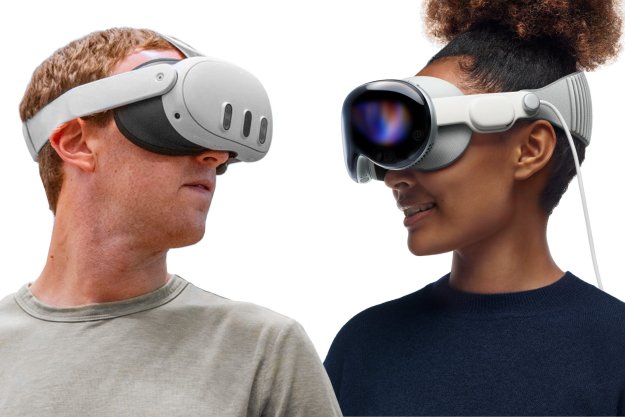
A new study on virtual reality comfort suggests that some of the best VR headsets have a feature that can help prevent motion sickness. Also known as simulator sickness, the problem is due to a mismatch between what you see in a head-mounted display (HMD) and what your body feels in reality.
It’s well known that gamers prefer higher frames per second (fps) to be able to react more quickly and aim with greater accuracy. According to a recent study, though, a faster refresh rate can also reduce the chances you’ll experience nausea or vertigo after playing a VR game with lots of motion.
The research paper, co-authored by scientists from Xi’an Jiaotong – Liverpool University in China and Purdue University in the U.S., tested four common refresh rates, — 60Hz, 90Hz, 120Hz, and 180Hz — to determine which caused the least motion sickness.
The critical threshold was found to be 120Hz, which is the refresh rate of the world’s most popular VR headsets, the new Meta Quest 3 and the older Quest 2. That’s not surprising. Meta has been researching HMDs for many years and its Reality Labs division is continually testing new prototype headsets to explore what works best.
The Pimax Crystal can reach and exceed 120fps, climbing as high as 160Hz in experimental mode. The aging Valve Index also supports 120Hz with an experimental 144Hz mode. UploadVR shared more details of the report, noting the researchers found little benefit in frame rates beyond 120fps.
While the two lower-cost Meta headsets can reach 120Hz, the $1,000 Quest Pro and $1,100 HTC Vive XR Elite have a maximum frame rate of 90 fps. Apple’s $3,500 Vision Pro runs at 90Hz, but can reach 96Hz when displaying 24 fps video. That shows that spending more doesn’t necessarily result in a better experience in this regard. If you are prone to motion sickness, it’s worth checking out a few different VR headsets before making a purchase.
Frame rate isn’t the only detail to consider. Image clarity and field of view also play an important role since we rely so much on vision. If your headset loses tracking, the virtual world will lose sync with your movement, which can be quite disconcerting. Make sure the room you use for VR has good lighting to enable reliable tracking.
Most people acclimate to a VR headset within a month or two, but some games can be difficult. When shopping for VR games, check the comfort rating so you will know what to expect before you start playing.
Editors' Recommendations
- Apple’s Vision Pro could be coming to these countries next
- Vision Pro visors are cracking, and no one knows why
- People are returning the Vision Pro. Here are the best alternatives you can buy now
- The gloves are off as The Zuck lays into Apple’s Vision Pro
- Vision Pro App Store reaches early milestone, Apple reveals



